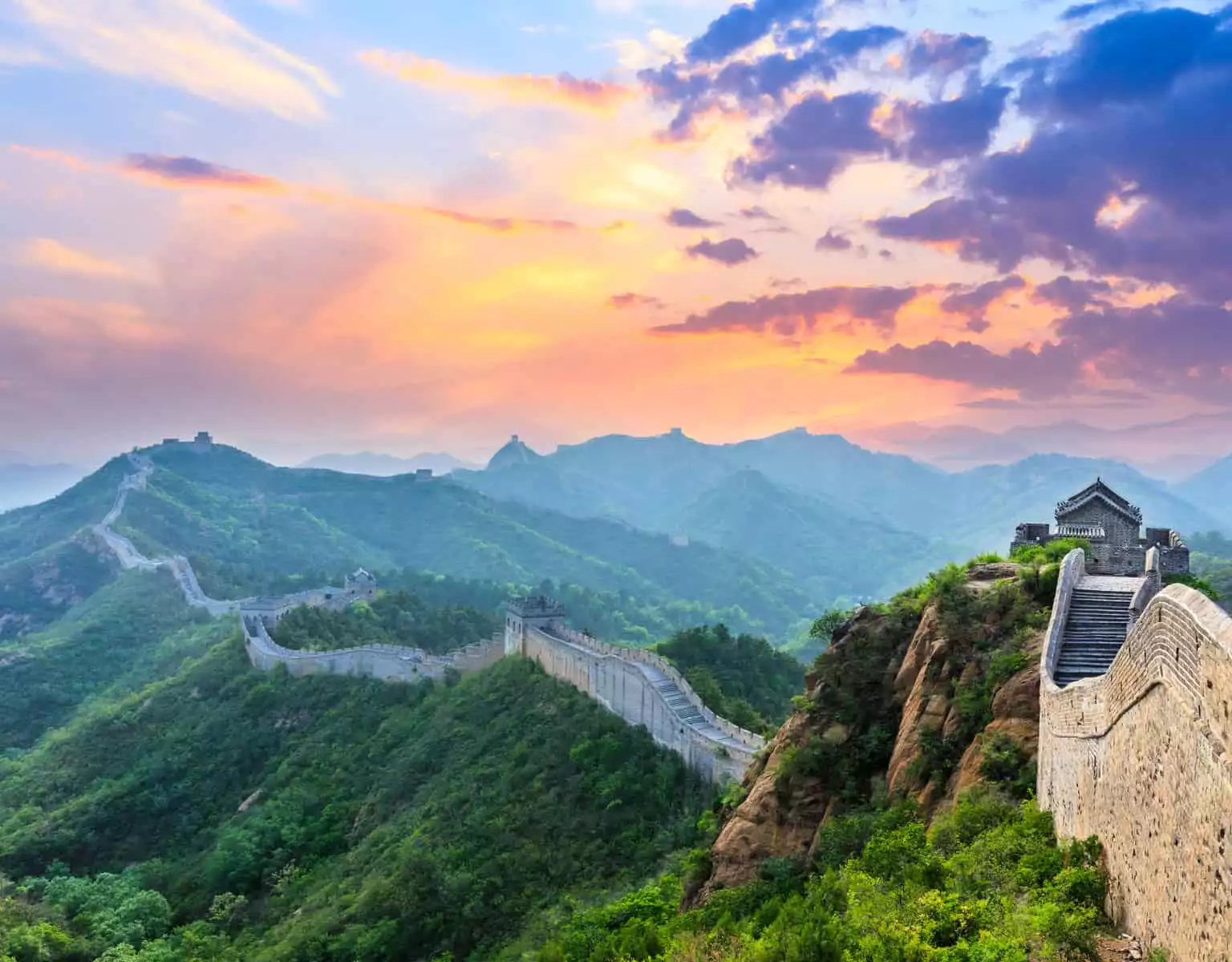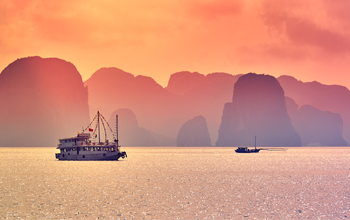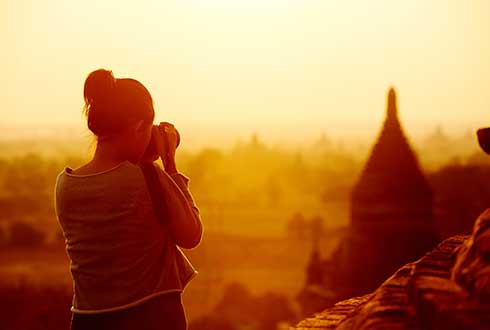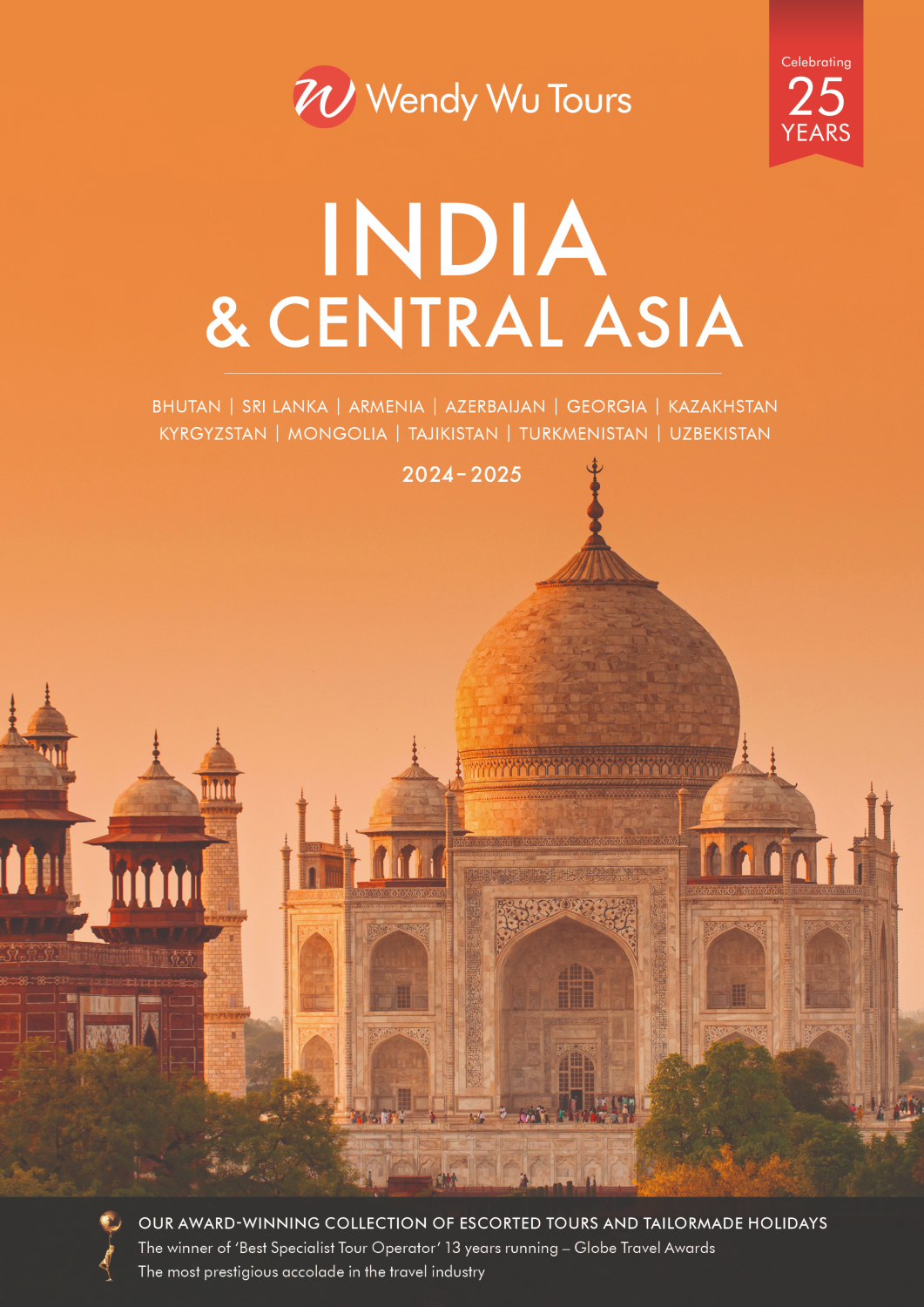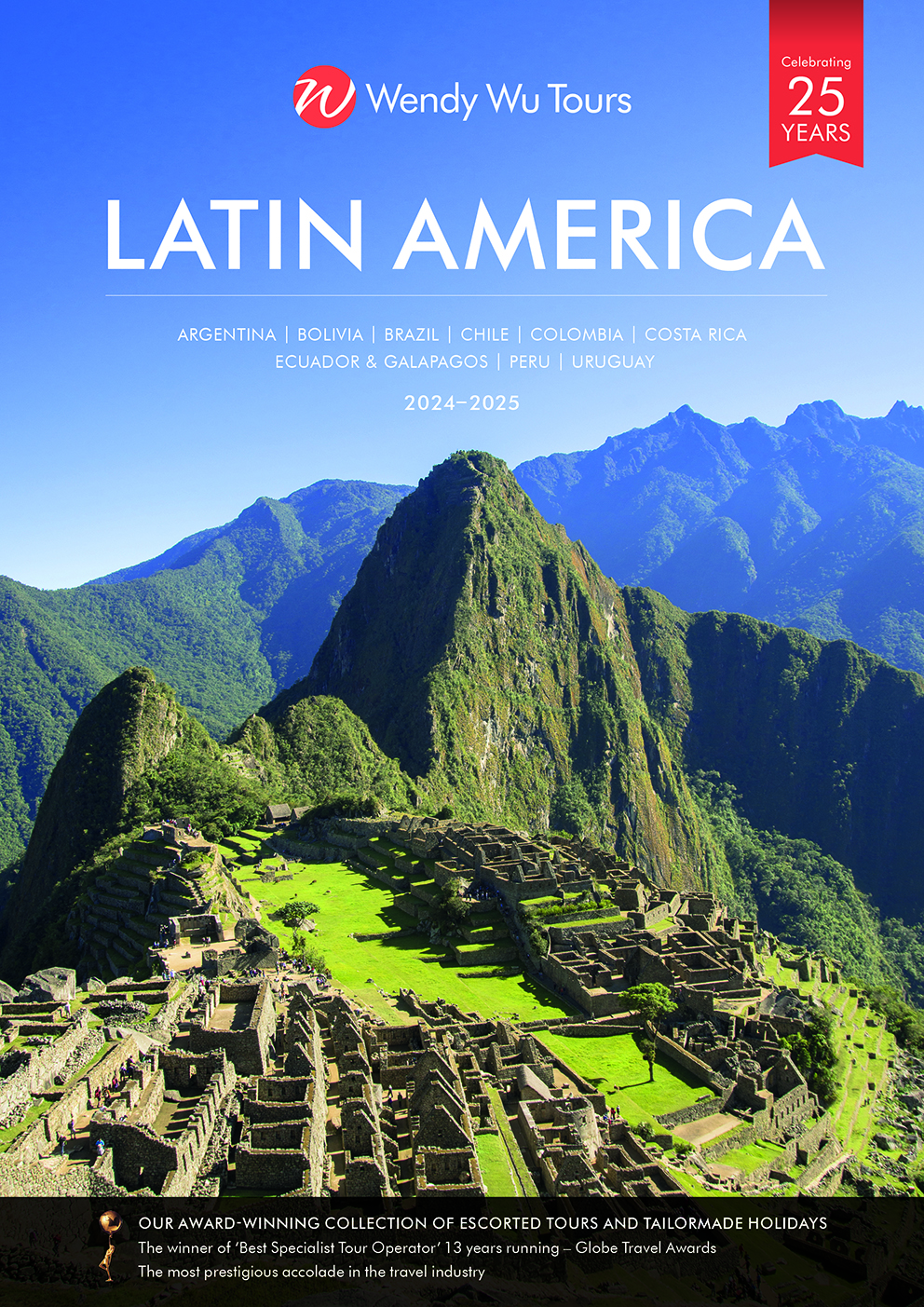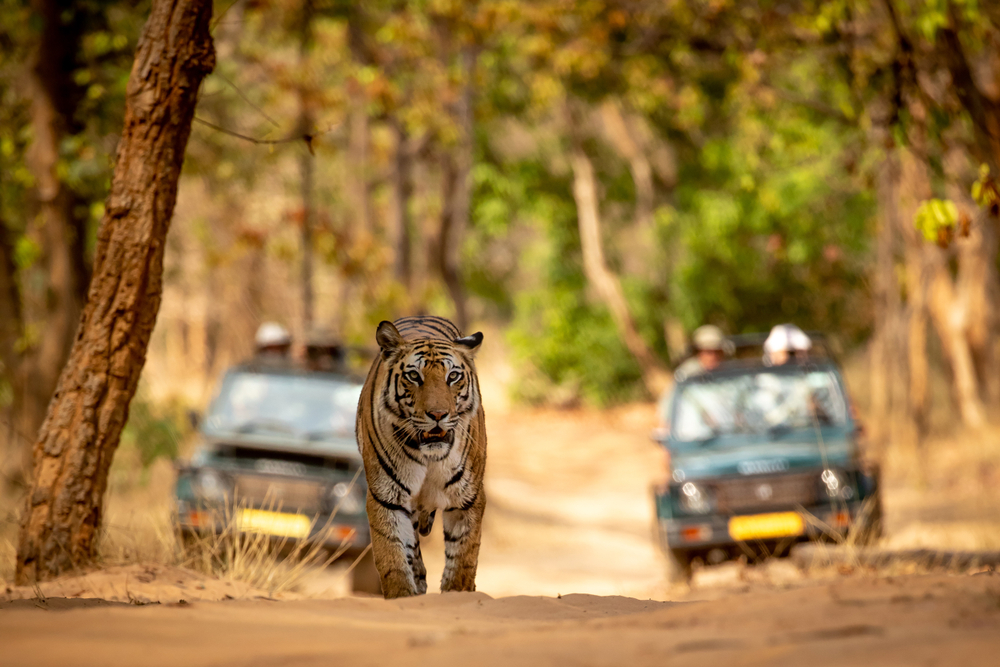
It’s true, many of us wouldn’t think of a holiday in India as the time and place to look for wildlife. Travellers tend to head here for some of the other wonders of the sub-continent, like the rich and vibrant culture, landmarks like the Taj Mahal and the palaces of Rajasthan and the gorgeous and diverse landscapes. It’s through these landscapes, though, that some seriously wonderful wildlife wanders – or stalks, in the case of India’s most famous animal, the Bengal tiger. But there is so much more endemic life than just these magnificent creatures, and there are more than 100 national parks, 18 biosphere reserves and many, many wildlife sanctuaries in which you can search for them.
At Wendy Wu Tours, we’ve put together a fabulous tour, Wildlife of India, that stars the birds and animals of northern India (which includes the Bengal tiger, of course), and some of the parks that they call home, alongside a few cultural treasures too. It’s the perfect combination if we do say so ourselves! Featuring safaris on foot, by boat or by vehicle in the wild places, all led by expert naturalist guides, this adventure of a lifetime features…
Delhi
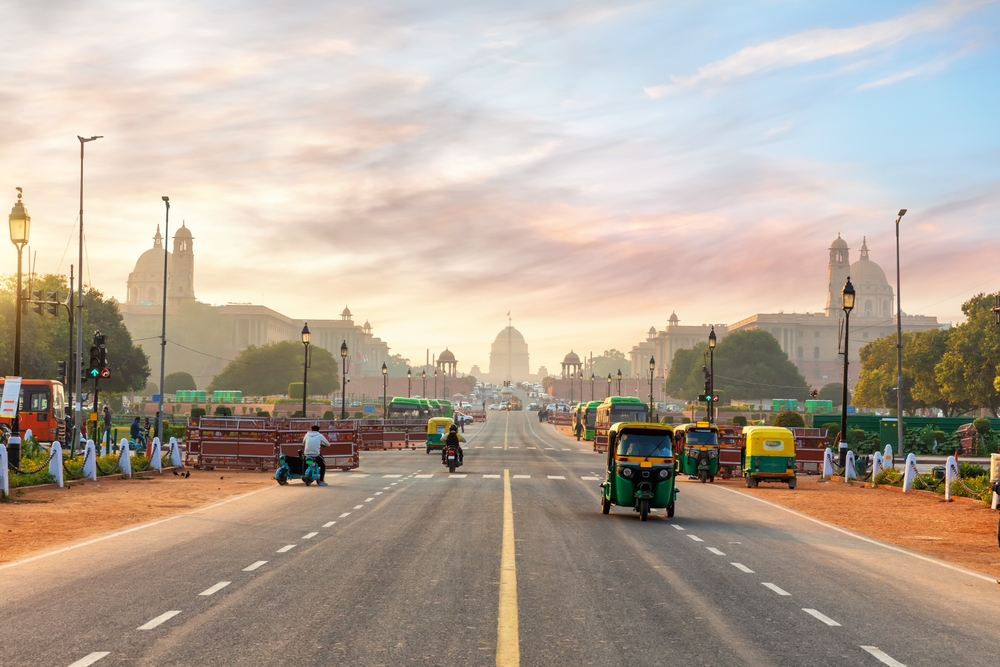
India’s capital and the perfect introduction to the vast array of culture and heritage of the country, Delhi is a full on and delightfully rough-around-the-edges city. The architecture is a mishmash of different rulers and eras, from Mughal to colonial, and there are a wealth of forts, temples, palaces, and bazaars to explore. While here you’ll see the magnificent Red Fort, wander the bustling alleyways of Khari Baoli Spice Market, the huge Jama Masjid before passing alone the stately Rajpath to India Gate.
Kanha National Park
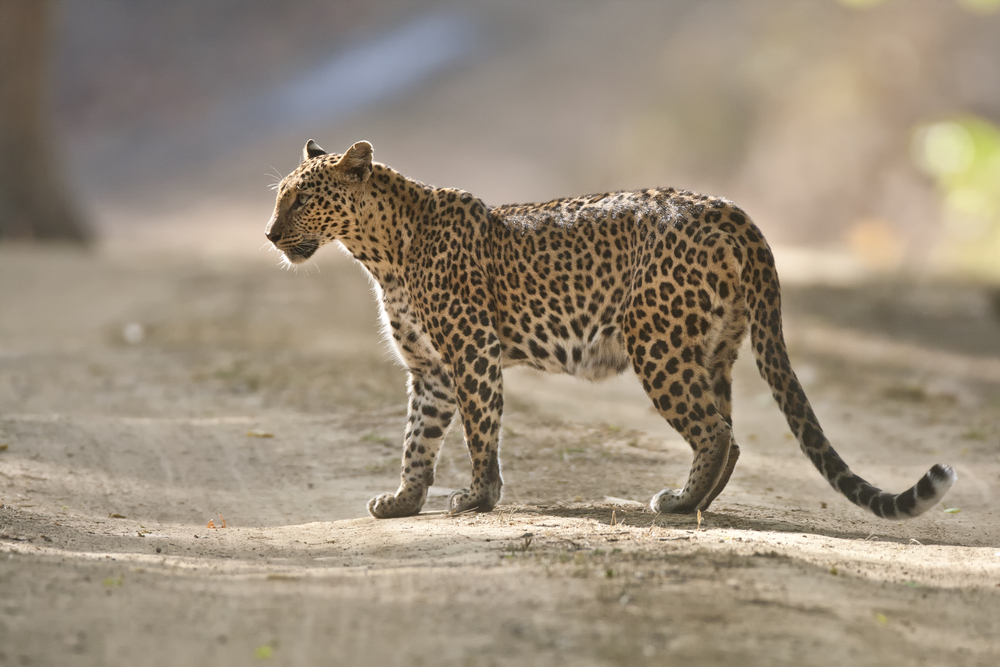
The wilderness that was said to have inspired the setting for Rudyard Kipling’s classic The Jungle Book, Kanha is one of the oldest national parks in India and is a designated tiger reserve. Boasting vast, spectacular vistas of deep forest and lush meadows, here you’ll be on the lookout for Indian wild dogs, leopards, mouse deer, hyenas, chital and much more. There are also a number of Bengal tigers here, but they blend in so perfectly with the undergrowth, it can be quite hard to spot them.
On our Wildlife of India tour you’ll spend three nights at Kanha, heading out into the wilds in safari vehicles and on foot.
Bandhavgarh National Park
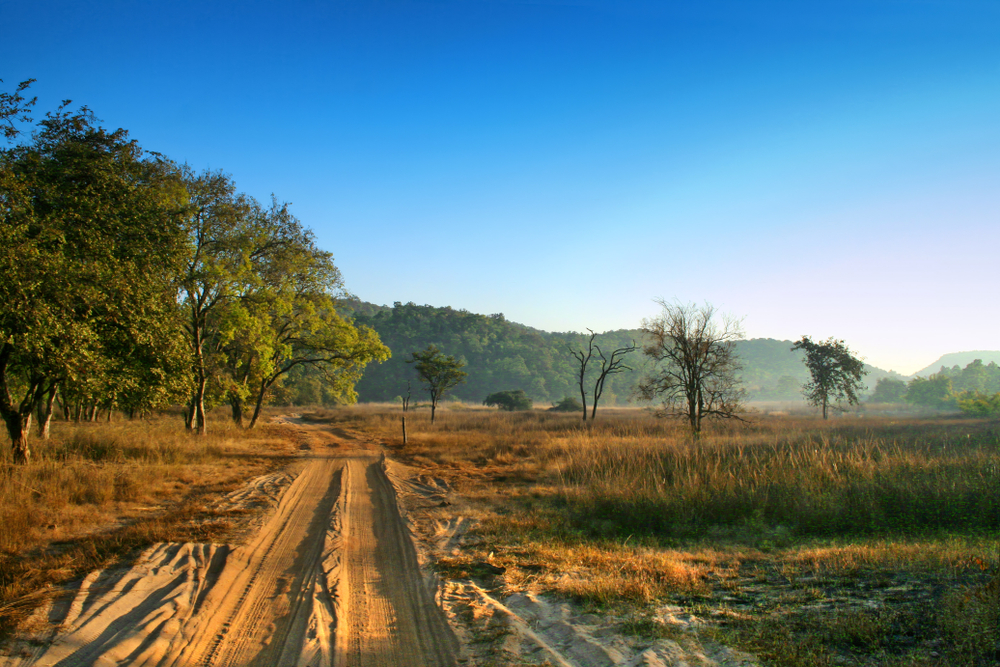
This lush national park, also designated tiger reserve, located in Madhya Pradesh, is wonderfully biodiverse and has one of the highest density of tigers of anywhere in the world, meaning that your chances of spotting at least one are excellent! The park’s green landscapes of grasslands, tropical forests and narrow valleys are watched over by the hilltop Bandhavgarh Fort and, as well as tigers, provide shelter to wildlife that includes sloth bear, leopards, rhesus monkeys, a variety of deer species and over 230 species of bird.
Spend two nights at Bandhavgarh, heading out of a series of safaris in 4×4 vehicles.
Panpatha Wildlife Sanctuary
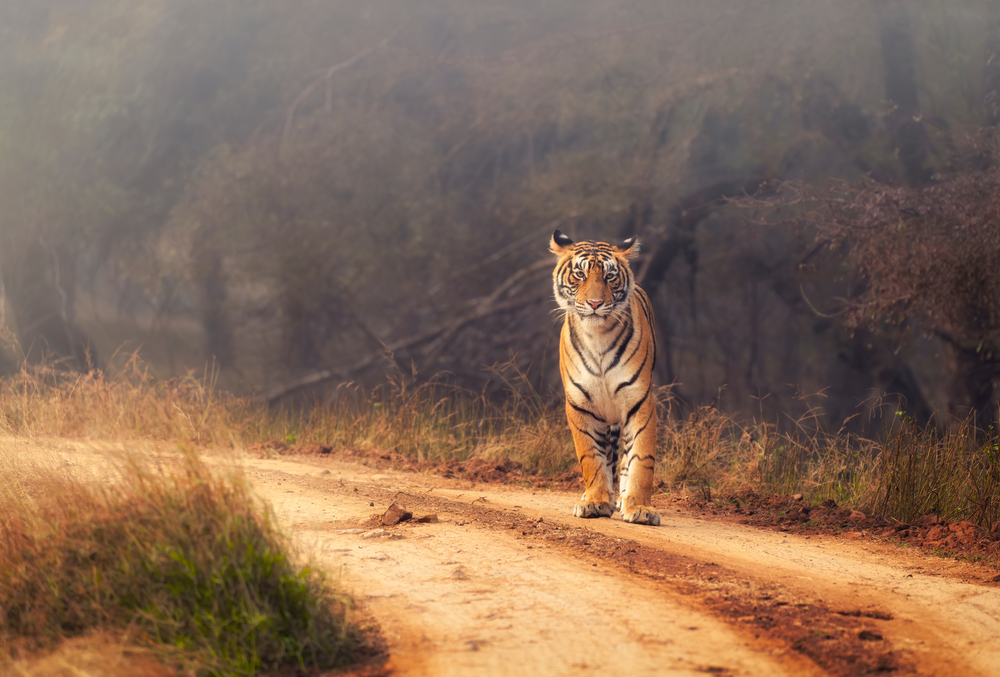
A part of the greater Bandhavgarh area, Panpatha is a 245-kilometre² sanctuary set in a wonderfully rural area. Home to a range of flora and fauna and is a popular place to spot tigers. Other animals that call Panpatha home include chital, jackals, porcupine, blue bull, chansingha, and sambhar.
While visiting Panpatha on Wildlife of India, you’ll embark on a morning walking safari.
Panna Wildlife Reserve
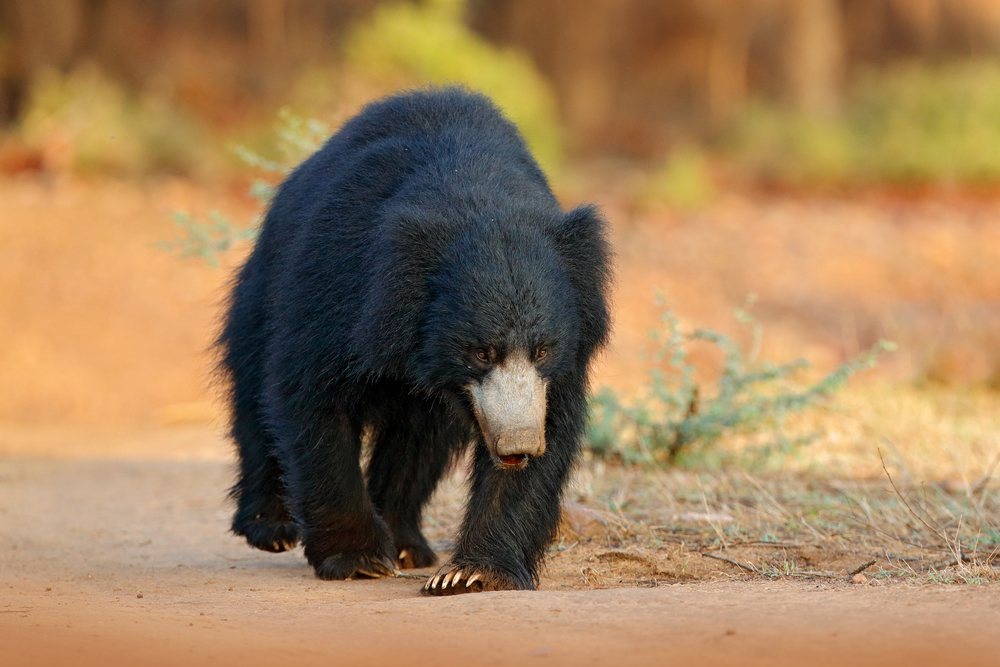
There are around 80 tigers within the boundaries of Panna, living in the park’s tropical and subtropical dry forests and along the Ken River, which passes through its landscapes. Alongside them lives leopard, chital, nilgai, sloth bear, chinkara, Asian palm civet, rusty-spotted cats and more than 200 species of bird. The tiger reserve is also within a UNESCO Biosphere Reserve.
You’ll spend one night at Panna, and head out on a morning boat safari alone the Ken River and a game drive in the afternoon, to venture deeper into the wilderness.
Khajuraho Temples
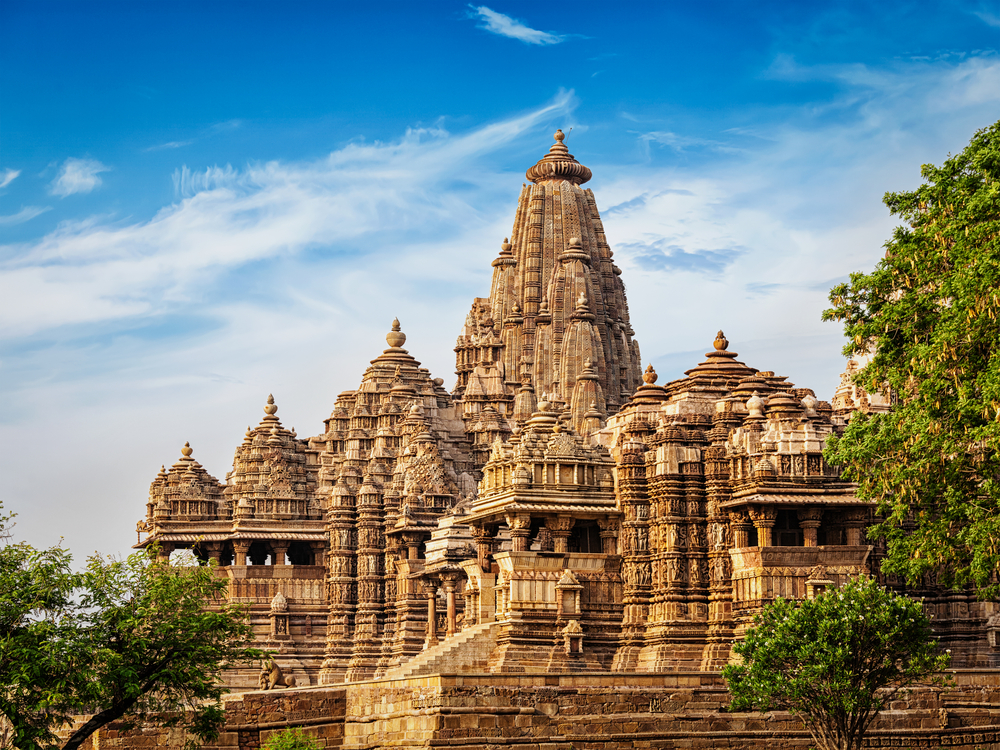
Until their rediscovery by the British in the 19th century the temples of Khajuraho were left to fall into disrepair and swallowed by jungle. Intricately and erotically carved, showing off the very best of Indian craftsmanship, the temples were built between the 10th and 12th centuries. Although only 10 of what was once many remain, they display some of the finest temple art in the world, epic stories of gods and goddesses as well as day to day life centuries ago. Now immaculately restored to their former glory these three groups of temples, some of which are Hindu and some Jain, are a UNESCO World Heritage Site.
Orchha
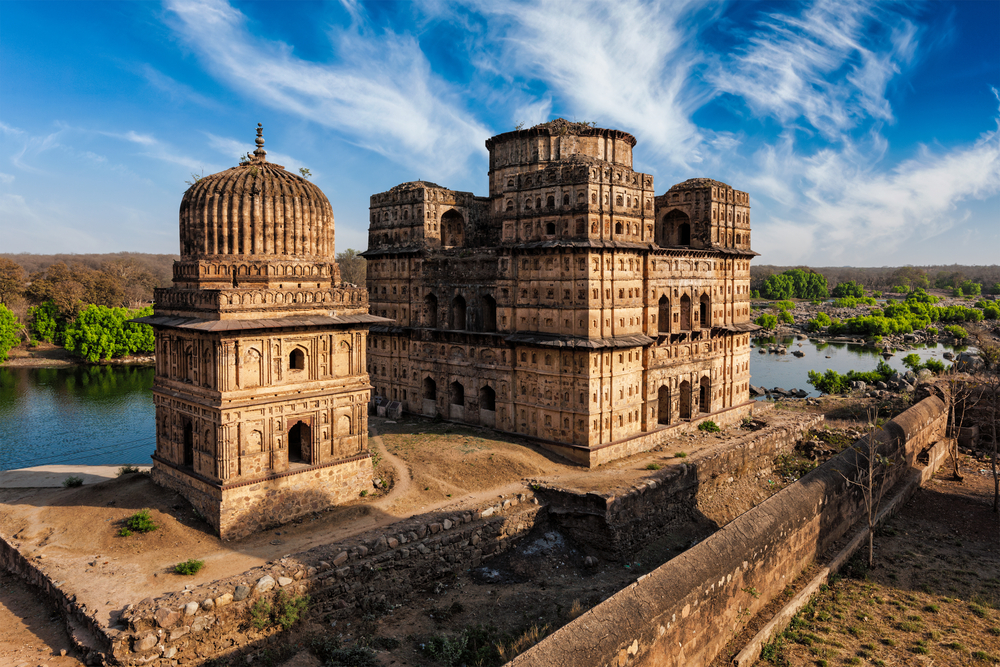
Beautifully set in a forest on the banks of the Betwa River, and surrounded by lovely countryside, Orchha is a wonderful surprise. Its sleepy, laidback air and villagey-vibe belie Orchha’s altogether bigger history as an important urban centre of the Mughal Empire – you can’t miss the magnificent sights this past life left behind though. With streets lined with majestic Rajput palaces and their dreamy gardens, temples and chhatris (cenotaphs), all a warm ochre in colour and spires, gold domes and pink tiles dotting the skyline, it is one gorgeous place to explore. Don’t miss the temple dedicated to Rama, which remains a pilgrimage and spiritual centre.
Agra & the Taj Mahal
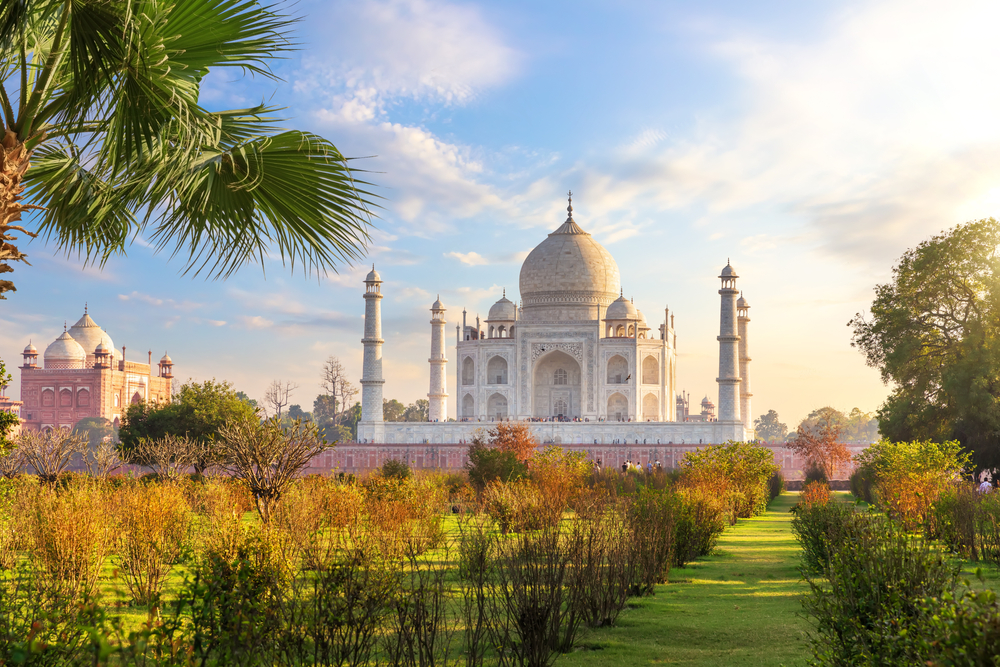
The city of Agra, was once the capital of the Mughal empire. The Mughals left behind a magnificent legacy in the form of a fort, tombs and mausoleums, the most famous of which, of course, is the Taj Mahal. It’s not often that you find that the hype surrounding a major sight is true, but the Taj Mahal is as beautiful as the stories say. This is India’s most iconic building; a monument to love built by Shah Jahan as a mausoleum for his third wife Mumtaz Mahal. Set in lovely gardens by the river, no matter what time of day you visit, the white marble reflects the moods of the sky – the whole experience is utterly enchanting.


